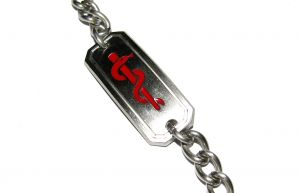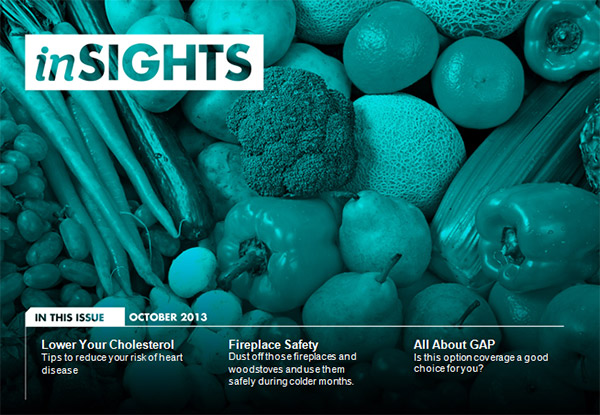Formerly called juvenile-onset or insulin-dependent diabetes, 10 per cent of those diagnosed with diabetes suffer from Type 1. Its symptoms, and the resulting diagnoses, most often occur in childhood or early adolescence, but can strike adults as well.
 Onset
Onset
When a person is diagnosed with type 1 diabetes, it means that their pancreas does not generate insulin. Insulin is a hormone that helps move glucose, a type of sugar, from food into cells to generate energy. Without insulin, too much glucose stays in the blood. Over time, high blood sugar can lead to many serious complications, including:



 Though your homeowners insurance policy provides the protection that you need in the event of a loss such as a fire or burglary, your policy can only pay for items that you can document. In order to ensure that all your prize possessions will be replaced, you should conduct a home inventory so you have a finite record of everything that you own. This inventory will assist you in determining which items were destroyed or stolen.
Though your homeowners insurance policy provides the protection that you need in the event of a loss such as a fire or burglary, your policy can only pay for items that you can document. In order to ensure that all your prize possessions will be replaced, you should conduct a home inventory so you have a finite record of everything that you own. This inventory will assist you in determining which items were destroyed or stolen. Fruits and Vegetables
Fruits and Vegetables Open and close your hands with your arms (a) extended in front of you (b) over your head and (c) to your side. Repeat each motion three times.
Open and close your hands with your arms (a) extended in front of you (b) over your head and (c) to your side. Repeat each motion three times. There have been a number of warnings from media and the insurance industry about Alberta rate increases over the past while. Weather and flood damage has take it's toll on insurance company coffers over the past couple of years and it's true that they are making adjustments to help sustain insurance products that work for all Canadians.
There have been a number of warnings from media and the insurance industry about Alberta rate increases over the past while. Weather and flood damage has take it's toll on insurance company coffers over the past couple of years and it's true that they are making adjustments to help sustain insurance products that work for all Canadians. In a statement released to brokers this afternoon
In a statement released to brokers this afternoon 
 We want to send you to the movies!!
We want to send you to the movies!! Amidst an economy of rate increases and deductable adjustments resulting from substantial losses to flooding in Alberta this year comes some good news. Wawanesa insurance announced today that they are increasing limits in two areas of their base property insurance policy.
Amidst an economy of rate increases and deductable adjustments resulting from substantial losses to flooding in Alberta this year comes some good news. Wawanesa insurance announced today that they are increasing limits in two areas of their base property insurance policy.